Service Learning: Combining Education and Community Service
By , March 25, 2025
Overview
Service learning is a unique way to blend education with community service. It connects classroom lessons to real-world action, helping students grow while meeting community needs. This approach builds skills, boosts awareness, and creates lasting impact—all in about 20 to 50 words!
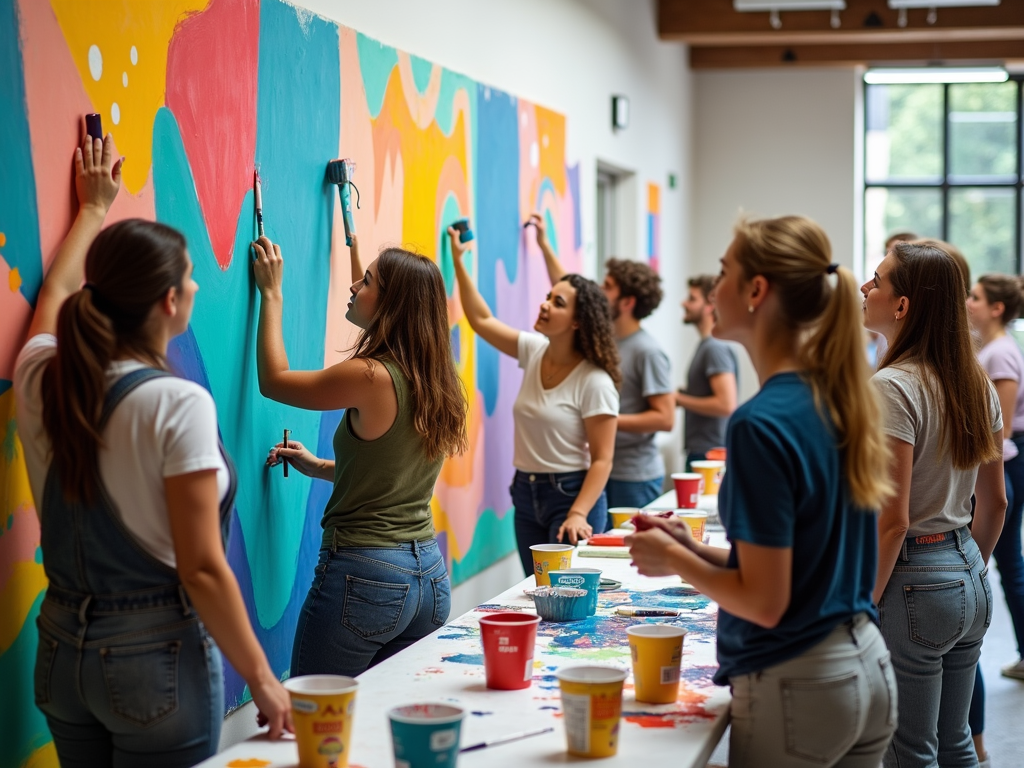
What Is Service Learning?
Service learning takes education beyond books and lectures. It’s about applying what you learn to help others. Imagine a history student teaching kids about local heritage or a science major cleaning up a river. It’s hands-on, meaningful, and ties learning to real life.
I’ve seen this in action. Once, I joined a project where we built garden beds for a school. We used math to measure plots and biology to pick plants. The kids loved it, and I learned more than I ever did in a classroom.
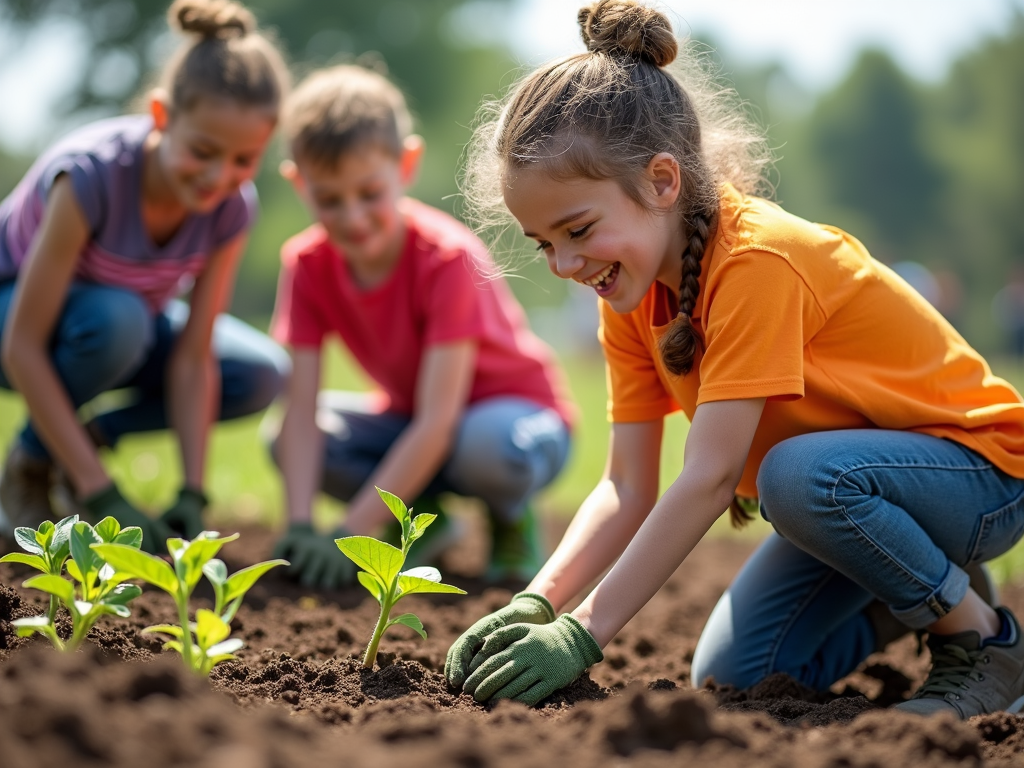
Why It Matters
Service learning sharpens your mind. You solve real problems, like figuring out how to fund a food drive or organize a cleanup. It’s not just theory—it’s practice. Plus, it builds teamwork and leadership, skills employers love.
It also opens your eyes. Working with people from different backgrounds teaches you empathy. I remember helping at a shelter and hearing stories that changed how I see the world. That’s the kind of growth you can’t get from a textbook.
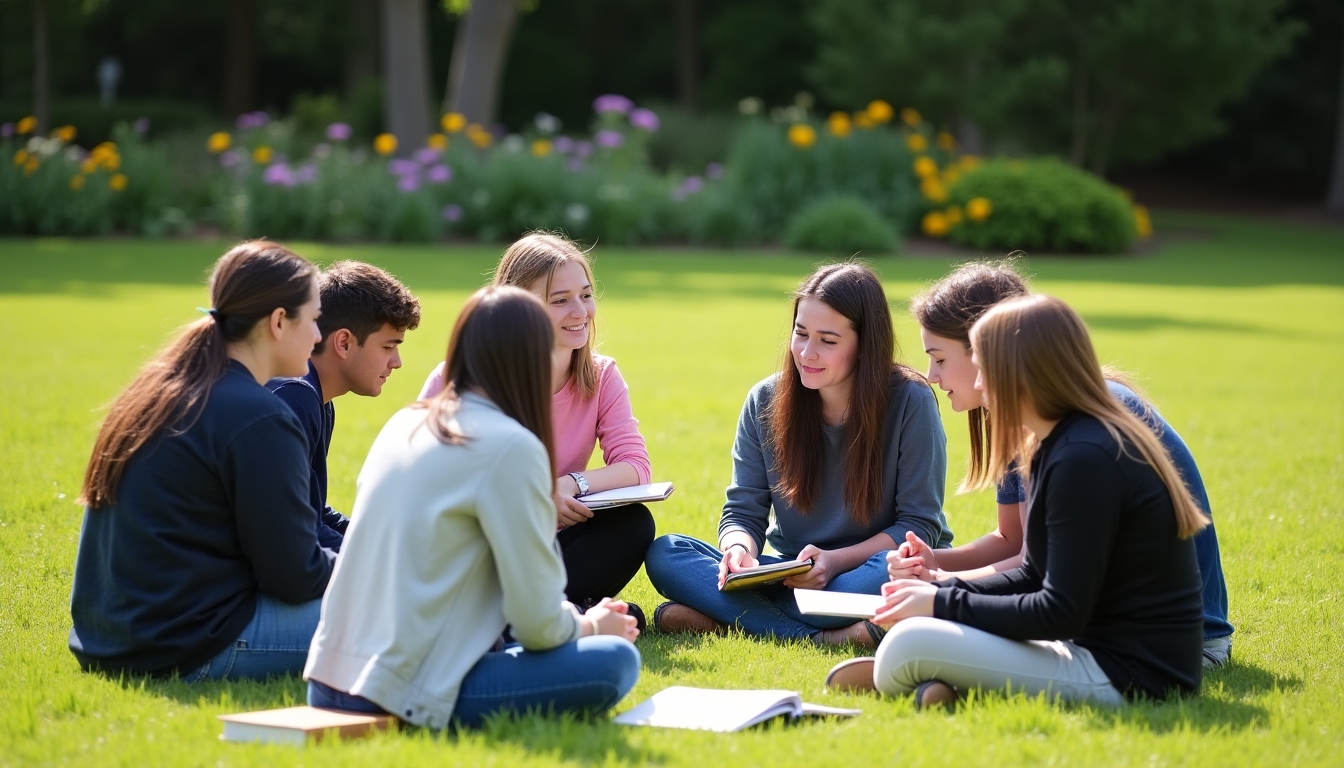
Benefits for Students and Communities
Students gain practical experience and confidence. Communities get help with real needs—like food, housing, or clean spaces. It’s a two-way street. For example, a nursing student might run a health fair, learning skills while serving others.
Volunteer Opportunities for College Students
Colleges often link students to service learning projects. You could tutor kids, build homes, or restore nature. These chances match your major and interests, making learning fun and useful. Check your school’s service office—they’ll hook you up.
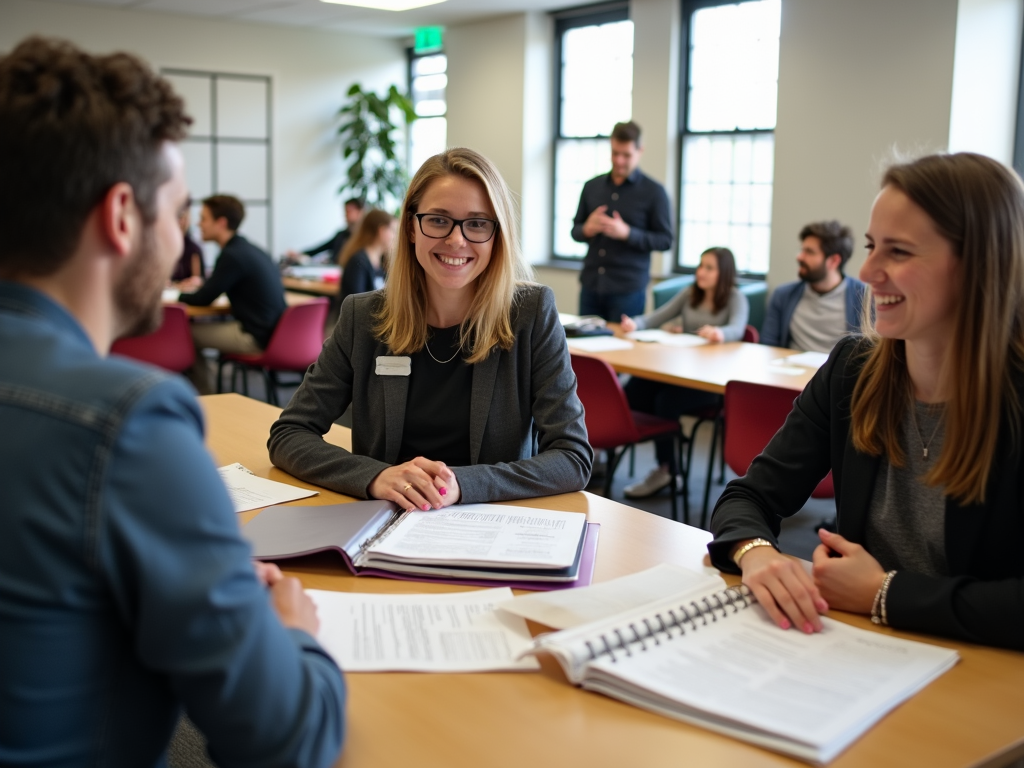
The Benefits of Volunteering in Environmental Conservation
Love nature? Service learning in environmental conservation is a game-changer. You help the planet while picking up skills in sustainability. It’s rewarding to see a forest grow or a beach get cleaner because of your work.
I once joined a river cleanup. We hauled out trash and tested water quality. My chemistry knowledge clicked, and I felt proud knowing fish could thrive again. It’s a double win—learning and giving back.
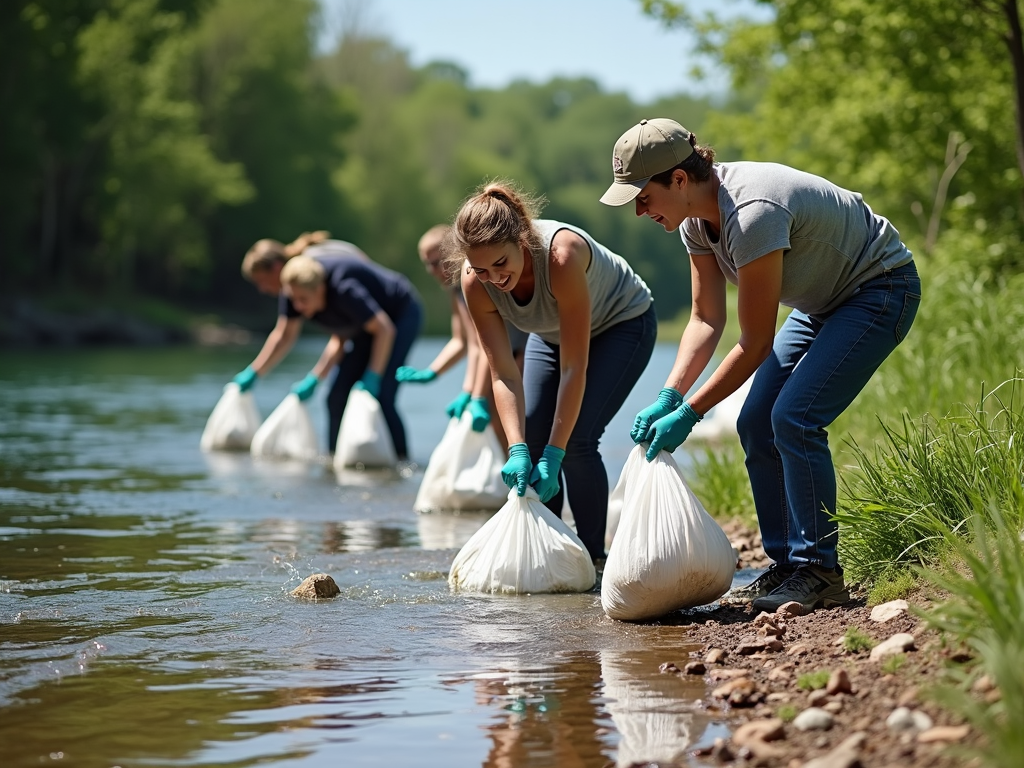
Top 5 Volunteer Opportunities in Environmental Conservation
Here’s a list of awesome ways to dive in: 1. Wildlife Rescue: Care for hurt animals and learn biology hands-on. 2. Garden Projects: Grow food in cities and boost community vibes. 3. Beach Cleanups: Save marine life by clearing trash. 4. Tree Planting: Fight climate change with every sapling. 5. Eco-Workshops: Teach kids about green living.
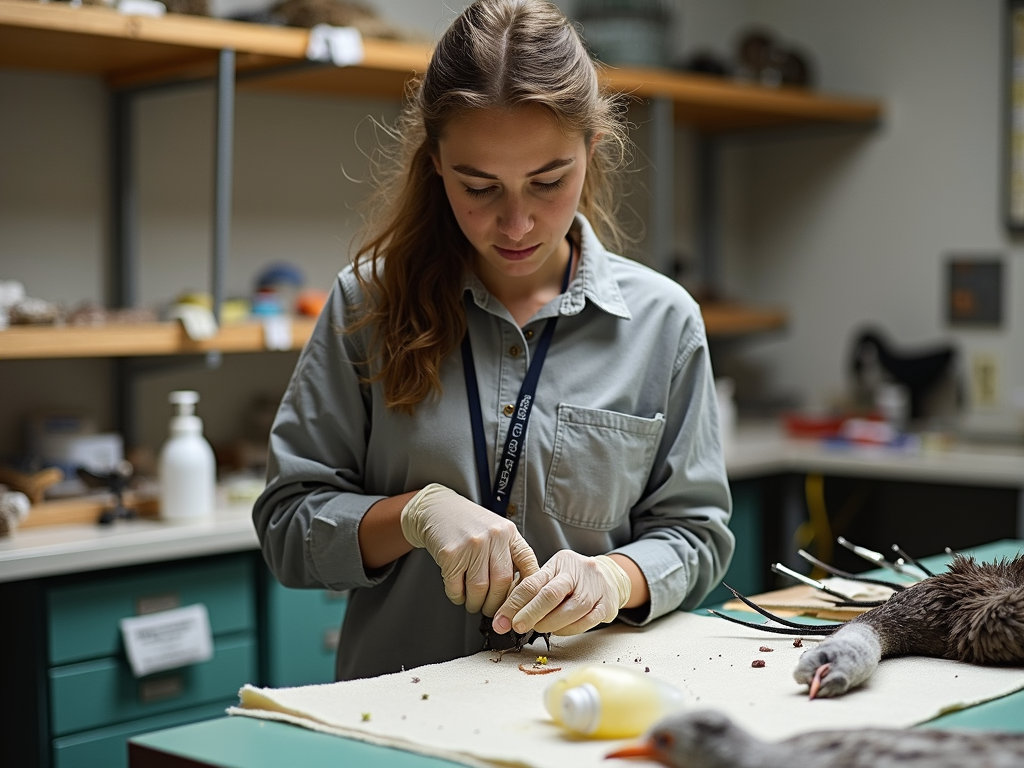
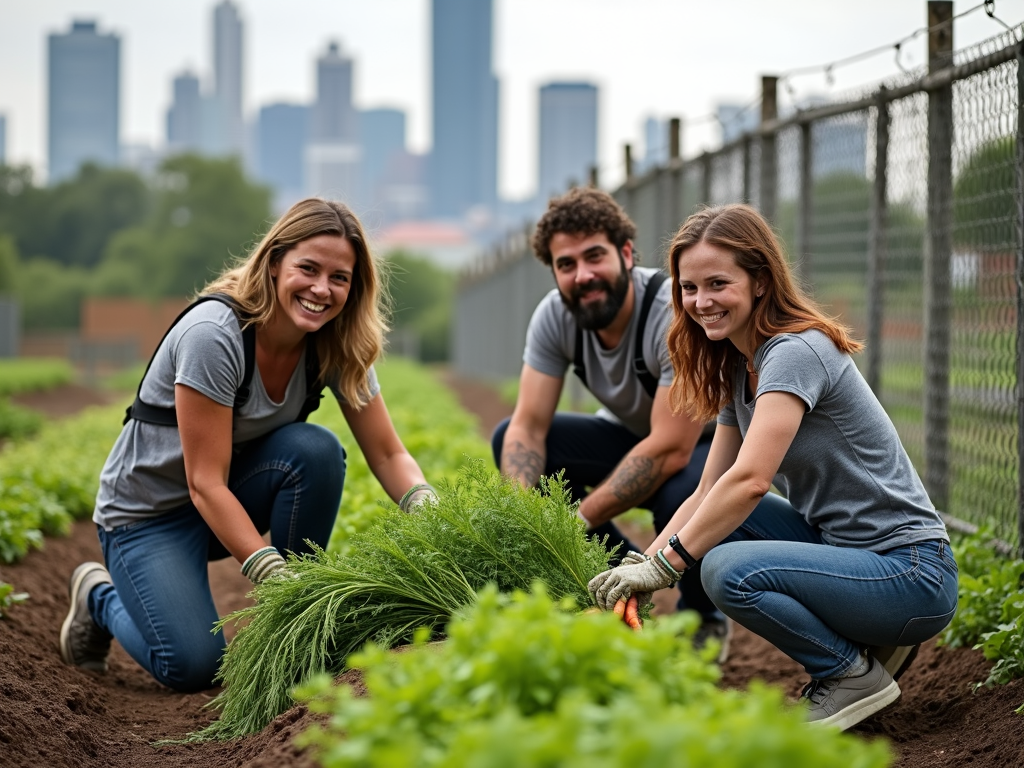
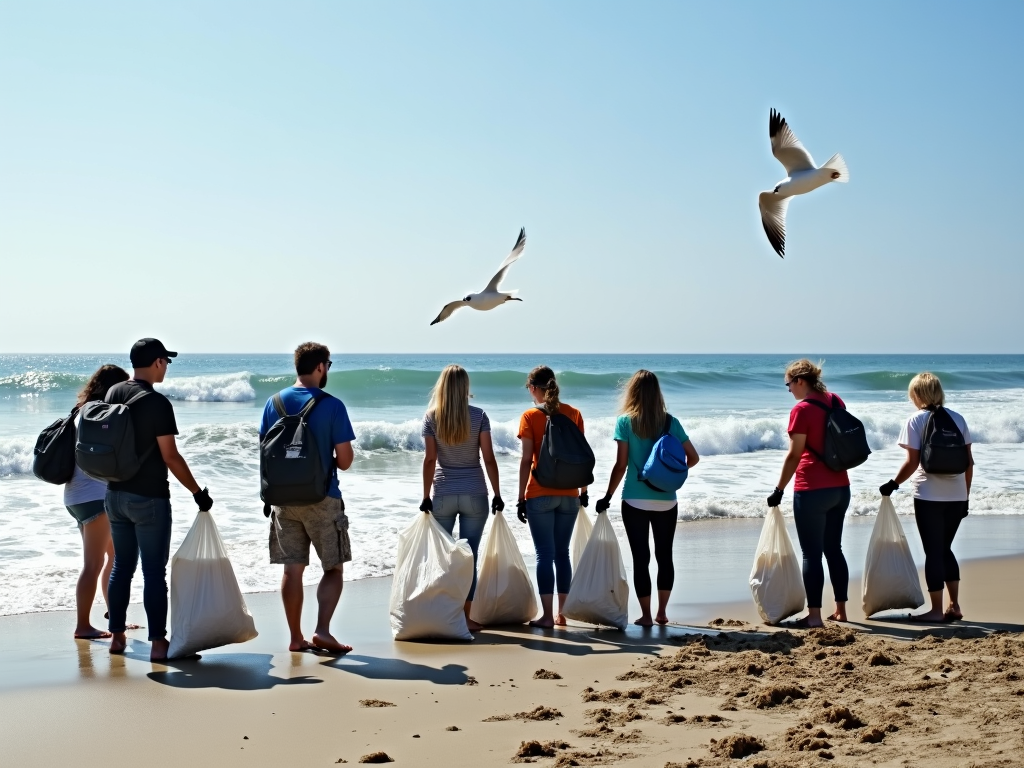
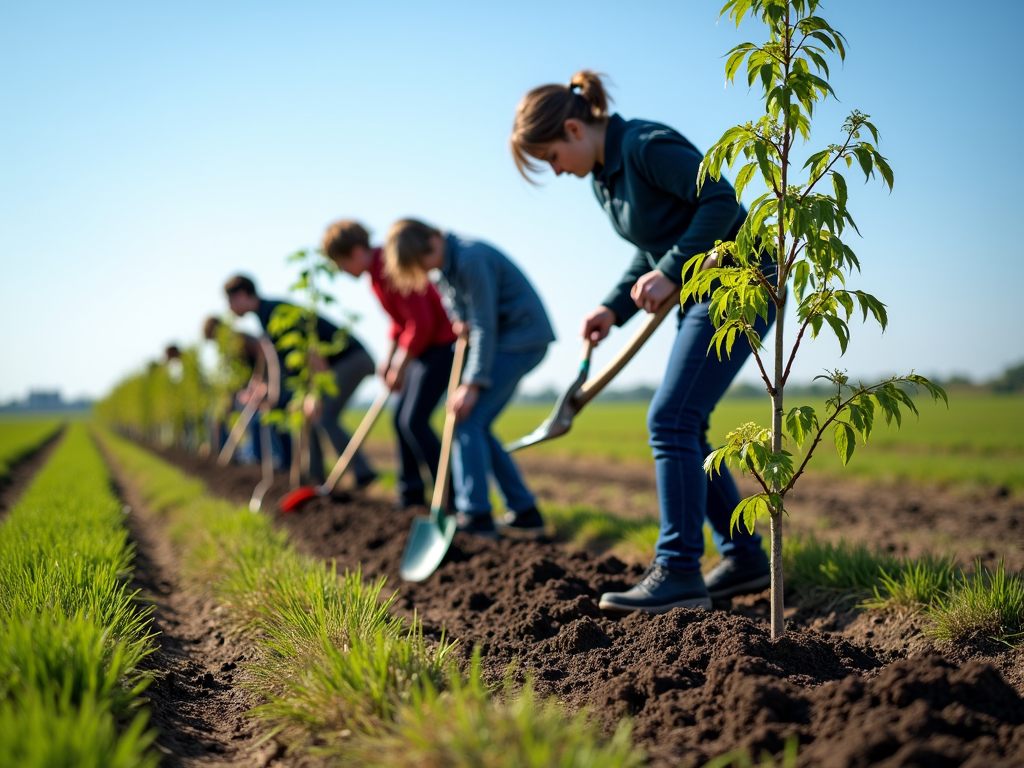

How to Get Started
Start small. Talk to your professors or visit your campus service center. They’ll point you to projects that fit your schedule and goals. Reflect after each one—what you learned matters as much as what you did.
Don’t just do it for credit. Dive in because you care. I started for a class but kept going because it felt right. That’s the magic of service learning—it sticks with you.

Summary
Service learning mixes education with action, helping students and communities thrive. It builds skills, sparks care, and offers cool chances like environmental conservation. Want to try it? Explore the readings below for more!
